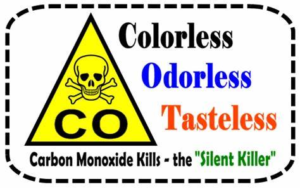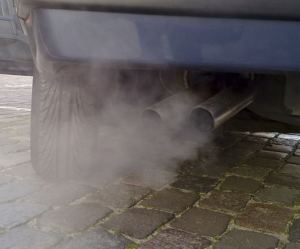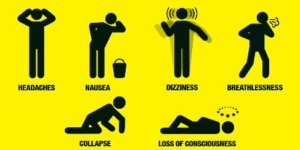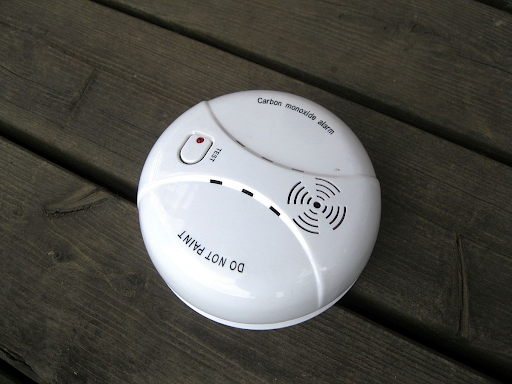Carbon monoxide is known as “the silent killer” due to its colorless, odorless, and tasteless presence in a home. It is important that you are educated on the sources of carbon monoxide and the symptoms that can transpire if you contract carbon monoxide poisoning. Carbon monoxide poisoning can easily be prevented, thankfully, by making sure you have carbon monoxide alarms installed in your home.
Why are carbon monoxide detectors so important?
If you and your family are sleeping and there is a carbon monoxide leak in your home, often from a malfunctioning appliance, the leak would go undetected without an alarm sounding to wake your family up. The level of carbon monoxide building in the air can often become fatal very quickly. A carbon monoxide detector will detect elevated levels of this toxic gas and properly alert you and your family to this danger to take action.
 What are sources of carbon monoxide in your home?
What are sources of carbon monoxide in your home?
- furnaces
- gas stoves
- gas ranges
- gas or charcoal grills
- chimneys
- wood stoves
- generators
- fire places
- gas-fueled water heaters
- car exhaust systems
What are signs in your home of a carbon monoxide leak?
- A staleness in the air
- Moisture building on walls or windows
- A potent smell of gas when using fuel burning appliances
- Pilot light flames burning yellow or orange rather than blue
- Discolored bricks at the top of a chimney
- Soot build up on a chimney or around an exhaust vent
What symptoms would someone experience if exposed to carbon monoxide?
- headaches
- nausea
- dizziness
- burning eyes
- shortness of breath
- tiredness
- confusion
- chest pain
- Vomiting
How can you prevent carbon monoxide poisoning in your home?
- Make sure you have a carbon monoxide detector and smoke detector installed on every floor of your home and near all sleeping quarters
- Change the batteries in your carbon monoxide detectors every six to twelve months
- Ensure you are only operating devices with fuel-fed motors outside in a well-ventilated area and never inside your home. This includes generators and vehicles. It is not enough to have a garage door open. There is not enough ventilation and the levels of CO can still build to toxic amounts
- Turn off your car when it is parked in a garage and never start your car with a remote when it is parked in the garage. If it is left running, CO can leak into your home
- Make sure to clean any debris or dust that collects on your carbon monoxide detector regularly
- Use an exhaust fan when operating gas appliances
- Always open the flue when using your fireplace or furnace
- Listen and learn the difference between the sound of a smoke alarm and a carbon monoxide alarm
If you cannot afford a carbon monoxide detector, you can reach out to your local fire department to get information on programs to help assist in obtaining these devices.
Anchor Electric of Florida would be happy to assist you in inspecting or installing a carbon monoxide detector in your home today! Make sure your family is protected and your home is as safe as possible.
